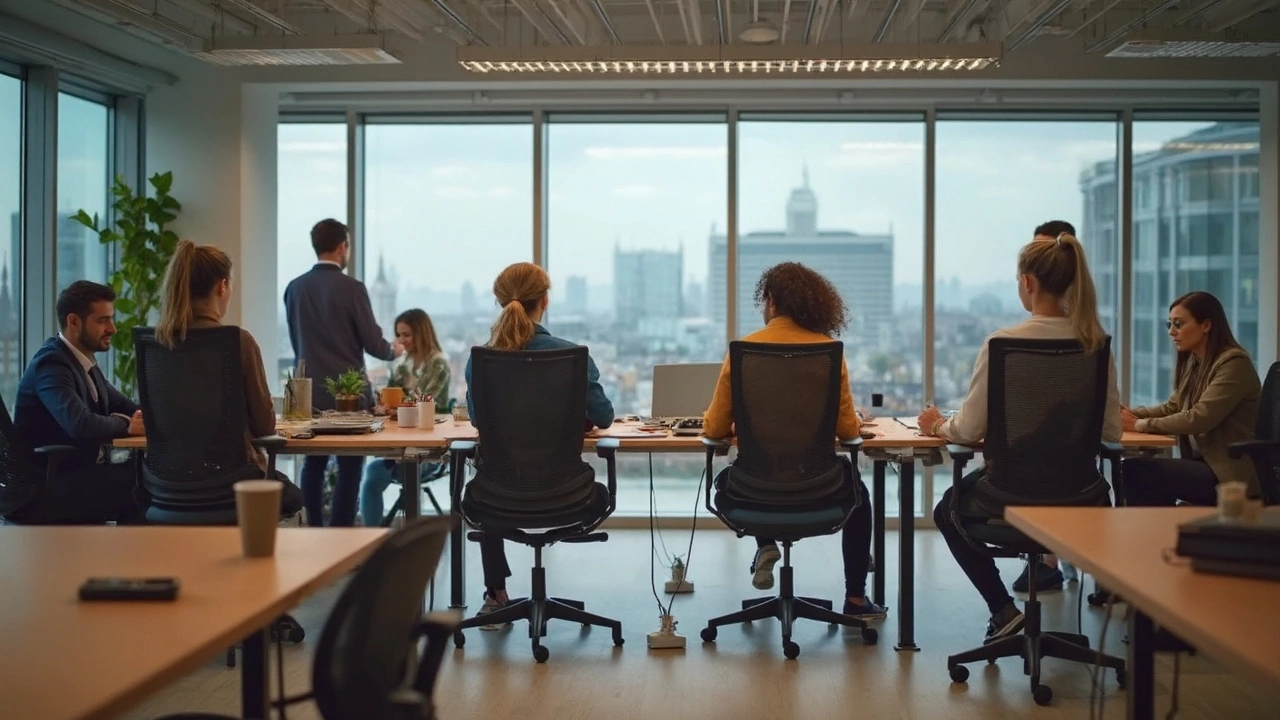Office Work Furniture Ideas and Tips for a Productive Space
Setting up a workspace that feels comfortable and helps you stay focused doesn’t have to be complicated. Whether you work from a dedicated office, a corner of the living room, or a small bedroom, the right furniture can make a big difference. Below are practical ideas you can try right away to improve your office work area.
Choose the Right Chair for All‑Day Comfort
The chair you sit on is the most important piece of office furniture. Look for a seat that supports your lower back, lets you keep your feet flat on the floor, and lets you adjust the height. If you don’t want a traditional office chair, consider alternatives like a yoga ball, a kneeling chair, or an ergonomic stool. These options keep you moving a little and can reduce back strain after long hours.
When you shop, test the chair by sitting for at least five minutes. Check that the armrests (if any) don’t push your shoulders up and that the seat cushion feels firm but not hard. A good chair will keep you upright without forcing you to hunch over your screen.
Pick a Desk That Fits Your Workflow
Desks come in many shapes – straight, L‑shaped, standing, or even a wall‑mounted fold‑down. The best choice depends on how much space you have and what tools you use daily. If you need room for a laptop, a monitor, and some paperwork, a medium‑size desk with a shallow depth works well. For tighter spots, a wall‑mounted desk can free up floor space while still giving you a solid work surface.
Standing desks are popular because they let you switch between sitting and standing. You don’t need a pricey motorized model; a simple riser can lift your laptop to a comfortable height. Just remember to keep the monitor at eye level to avoid neck strain.
Keep the desk clutter‑free. Use a small tray for pens, a drawer organizer for documents, and a cable box to hide power cords. A tidy surface helps you find things quickly and reduces visual distraction.
Accessorize for Efficiency
Small accessories can boost productivity. A monitor riser raises the screen to eye level, while an external keyboard and mouse let you keep the laptop at a comfortable angle. If you often use a phone for calls, a stand keeps it at the right height and frees up your hands.
Lighting matters too. A desk lamp with adjustable brightness prevents eye fatigue, especially in the evening. Natural light is best, so try to place your desk near a window if possible.
Finally, add a touch of personality. A plant, a photo, or a favorite mug can make the space feel inviting without cluttering it.
By picking a supportive chair, a desk that matches your work style, and a few smart accessories, you can create an office work area that feels comfortable and helps you stay focused. Try one change at a time and notice how it improves your day. Your workspace can be simple, functional, and uniquely yours.
Best Office Chair for Work: What Really Matters?
Picking the right office chair isn't just about looks—it's the secret sauce for getting stuff done and not wrecking your back. This article breaks down what types of chairs actually help with comfort, health, and focus when you're at your desk for hours. You'll learn about features that matter most, watch out for sneaky deal-breakers, and get real tips for choosing a chair that fits your body and your workflow. Forget confusing jargon—just straightforward advice so you can work better and feel good doing it. No fluff, just facts and helpful tips.
More
